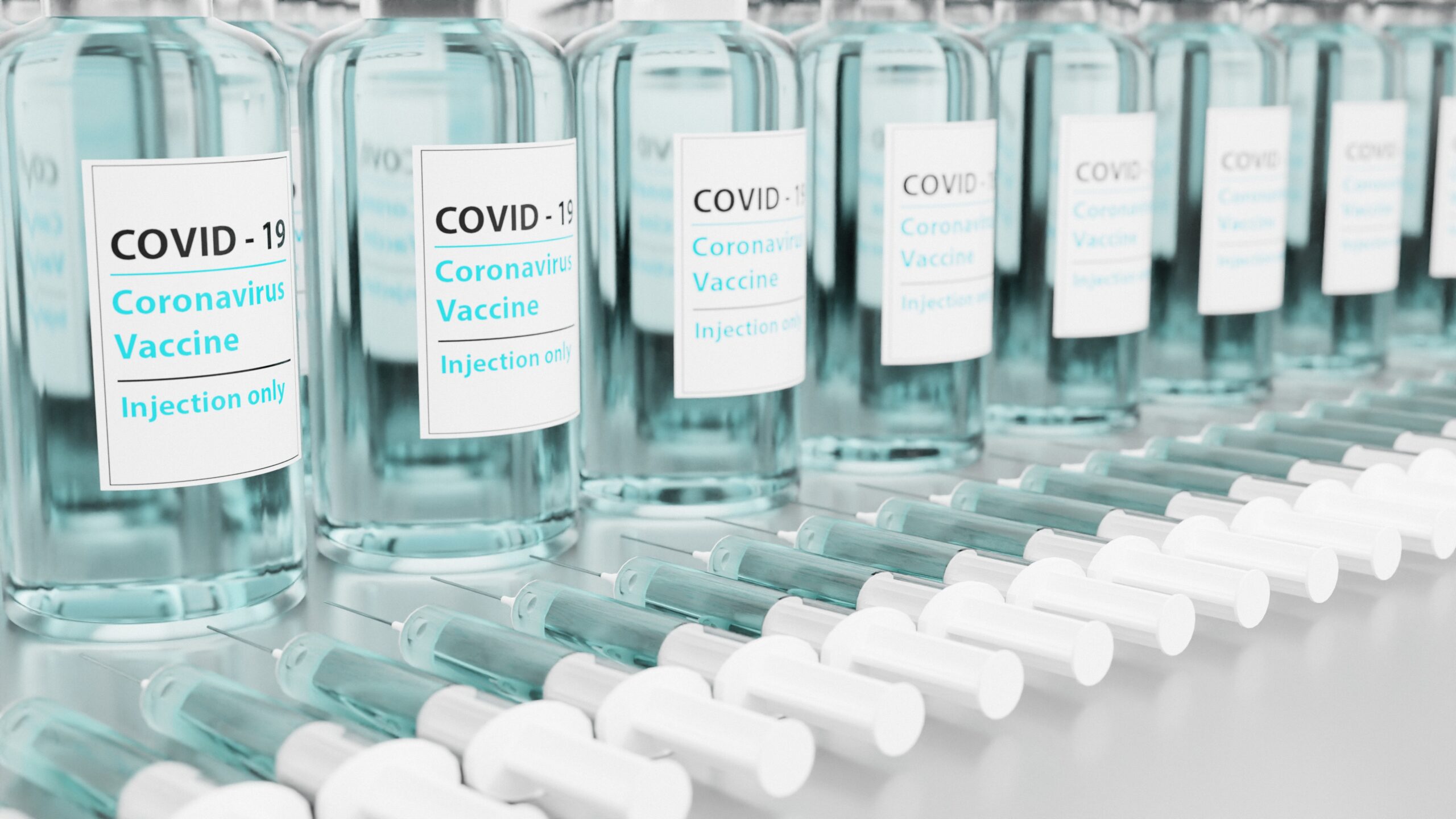Digital self-check-in at an NHS centre in London enables patients to be attended to within a few minutes. Gill Hitchcock reports.
Credit for all pictures: Queen Mary’s Hospital, Bexley
Walk into most NHS emergency departments and you can see the massive pressures. The irony is that many people in the waiting room are in the wrong place – through no fault of their own, they don’t know where to go. But what if technology could identify the urgent and non-urgent cases, along with those who can be seen elsewhere, within minutes after arrival?
One hospital in south-east London is doing just that.
The urgent care centre at Queen Mary’s Hospital, Bexley, has adopted a groundbreaking digital triage service. It is using iPad interfaces so that patients check themselves in and are automatically triaged according to clinical need.
The service, eTriage, has cut the average total time spent at the centre to less than two hours – comfortably below the four-hour waiting limit mandated by the NHS – and has also reduced the waiting time from arrival to treatment.
To date, there have been more than 106,000 eTriage submissions since the service started as a trial in January 2018.
Sarah Connelly, deputy medical director at Queen Mary’s urgent care centre and a GP by background, says that before eTriage was introduced it was difficult for clinicians to know what cases were in the waiting room.
“Within four minutes of patients arriving at the front door, we want to know who they are, how sick they are, and where they need to go”
Mark Harmon, eConsult
“That has always been a struggle, especially when you have surges in patient volumes and people waiting to check in manually,” she says. “You could have someone potentially very sick in your waiting room who has not yet been picked up. The whole purpose of eTriage is pretty instant identification of people who need treatment quickly and getting them to the right place. That is how it was sold and, from our clinical point of view, that is always going to be a no brainer.”
Finding the right place
NHS England estimates that each year up to three million people attend accident and emergency departments, when they could have their needs addressed in other parts of the health system.
“Probably the biggest benefit of this system is that the patient knows early on, or can be told early on, ‘you might not be in the right place’,” says Connelly.
The eTriage platform has been developed by emergency doctors at software company eConsult. One of them, Lewisham Hospital A&E consultant Mark Harmon, says: “We said ‘wouldn’t it be great if we could take our expertise and redesign the journey for the 21st-century department’.
“So, we take a very robust, brief triage history using an algorithmic set of questions designed to pick up how sick patients are very, very quickly. Within four minutes of patients arriving at the front door, we want to know who they are, how sick they are, and where they need to go.”
As the trial progressed, demand was mapped to make sure that, even at peak times, there were enough iPads.
Privacy is an important issue, and the iPads were placed a metre apart. Questions were refined and reduced to one per page.
“There were issues in the templates, how questions were phrased,” says Connelly. “People were coming to the desk not knowing how to answer a question, or they couldn’t find a template. It is only through testing and learning that we have been able to refine the product.”
Initially it was used by 10 patients each day and three ‘care navigators’ stood at the front door with handheld iPads, explaining the new system. The following week it was used by 20 patients, then gradually scaled up.
Not everyone was happy, however.
The idea of digitising the urgent care centre went down like a lead balloon with Bexley’s patient council group. Staff had grave concerns about losing their jobs.
“Probably the biggest challenge at the outset was with certain staff members, more so among our receptionists and triaging staff,” says Connelly. “They were concerned that this was replacing their roles. We had to be reassuring that this was a supportive rather than a replacement tool.”
Interoperability
There were software glitches to overcome and significant disruption when the trust’s Wi-Fi system went down. For the developers, one of the biggest challenges was making eTriage interoperate with the trust’s clinical e-patient record system, Adastra.
Independent analysis by consultant Candesic from January to June 2018 showed most patients (99%) chose automated check-in and triage using an iPad, and 26% of these were aged 65 and over. The average wait time for check-in and triage was four minutes.
January 2018
Date on which Queen Mary’s began trialling eTriage
99%
Proportion of patients that used automated check-in during the first half of 2018
106,000
Total number of times the eTriage platform has been used since its introduction
Four minutes
Average time it takes to complete waiting and triage
Two hours
Average time within which patients are treated and able to go home
Connelly is enthusiastic about the technology.
“The benefits are privacy, a system that’s easy to use and tells clinicians how safe that person is to wait. And, of course, the initial time for capturing information about why that patient has attended has significantly improved.
“It obviously has knock-on effects with our key performance indicators, which include targets for an initial assessment of the patient. Ideally, it should be within 15 minutes of arrival. We were always doing do well on that, and averaging 75% before eTriage. But now we are now getting 99-100%.
“We know if someone out there in the waiting room is seriously sick. We are instantly flagged and can ensure that patient gets the care they need straight away. And on the flip side, it highlights those patients who don’t really need to be there at all. If anything, that is the area that we are working on in a bigger way now – how we can target those patients and guide them away.”
 Receptionist Sarah Chatfield says she misses patient contact, but adds: “It does make the job quicker, and we still help people if they need it. We get up and walk with them to the iPads and assist them.”
Receptionist Sarah Chatfield says she misses patient contact, but adds: “It does make the job quicker, and we still help people if they need it. We get up and walk with them to the iPads and assist them.”
She may help patients who are illiterate or whose first language is not English. In the future, however, the developers intend to offer eTriage in other languages. Another potential development is to automate the collection of vital signs and integrate them into eTriage.
Connelly says the system needs space and not all urgent care centres can adapt to the digital age. She emphasises the need to get staff and patients on board, and adds that no system is without its initial problems.
But she would encourage other centres to use it, saying: “The benefits are clear to see. It really does make sense in the digital age we are living in. This is the model that people are going to be using.”



